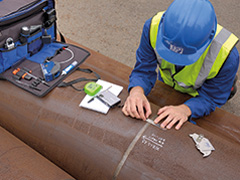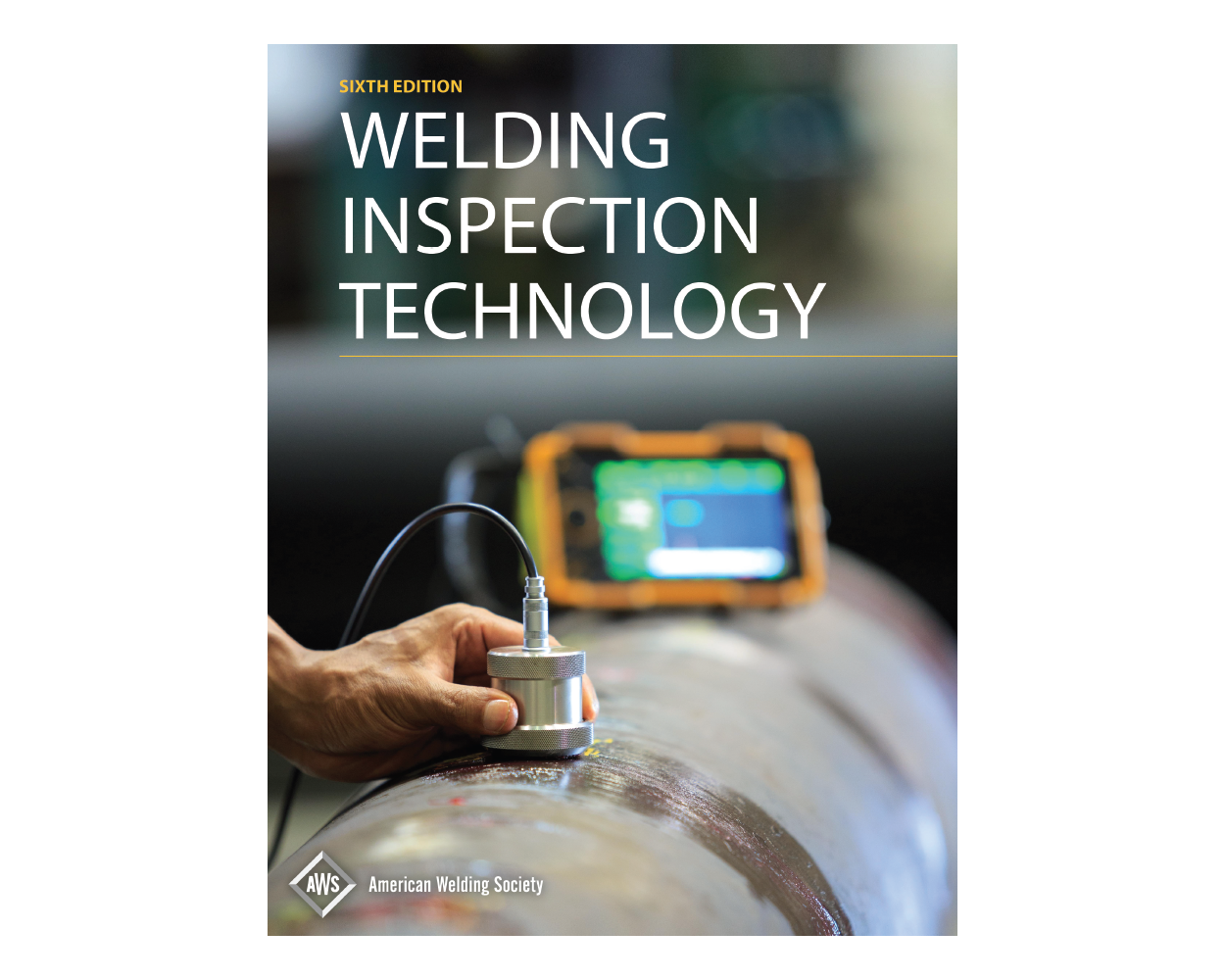Top Benefits of Trustworthy Welding Inspection Milwaukee in Building And Construction
Key Elements to Consider in Welding Inspection for Quality Assurance
Welding evaluation is a crucial element of top quality assurance that encompasses different variables essential for making sure the honesty of welded structures. The interplay of these aspects increases better questions about how they can be enhanced to boost total welding quality.
Sorts Of Welding Processes
Welding processes include a variety of strategies used to join products, largely metals, through the application of warm, stress, or both. One of the most common sorts of welding procedures consist of arc welding, gas welding, resistance welding, and solid-state welding.
Arc welding, that includes approaches like Shielded Steel Arc Welding (SMAW) and Gas Tungsten Arc Welding (GTAW), uses an electric arc to generate heat for melting the base metals and filler materials. Gas welding, frequently referred to as oxy-fuel welding, utilizes a flame generated by burning a fuel gas with oxygen to melt the steels.
Resistance welding, consisting of place and joint welding, relies upon the warm generated from electrical resistance to bond products, commonly made use of in auto manufacturing. Solid-state welding processes, such as rubbing welding and ultrasonic welding, sign up with materials without melting them, using mechanical stress and frictional warmth.
Each welding process has particular applications, strengths, and limitations, making the option of the proper method vital for accomplishing preferred weld quality and efficiency. Welding Inspection Milwaukee. Recognizing these processes is essential for making certain reliable welding practices and supporting quality control in construction and manufacturing sectors
Assessment Tools and strategies
To make sure the integrity and integrity of welded joints, numerous evaluation strategies and tools are employed throughout the welding process. These strategies can be extensively classified into non-destructive screening (NDT) and damaging screening (DT) techniques. NDT approaches, which do not jeopardize the honesty of the welded part, include aesthetic inspection, ultrasonic screening, radiographic testing, magnetic fragment testing, and fluid penetrant screening.
Visual inspection is the most basic strategy, enabling the instant identification of surface area defects. Ultrasonic screening utilizes high-frequency audio waves to identify interior flaws, while radiographic screening employs X-rays or gamma rays to picture the inner structure of welds. Magnetic bit screening works for finding surface and near-surface discontinuities in ferromagnetic materials, and fluid penetrant testing reveals surface-breaking flaws by using a colored color or fluorescent penetrant.
On the various other hand, damaging testing involves physically examining the welded joint till failure to examine its mechanical homes. Devices such as tensile screening equipments, influence testers, and hardness testers are usually used in this context. By employing a combination of these devices and methods, examiners can guarantee the high quality and security of welded structures.

Importance of Documents
In the realm of welding evaluation, correct paperwork works as a critical foundation for quality guarantee and regulatory conformity. Paperwork encompasses a broad range of documents, including weld treatment specifications, examination reports, and non-destructive screening results. These documents not only give a chronological account of the examination process yet likewise act as a recommendation for future analyses and audits.
Precise site here documentation makes sure that all welding activities are deducible and verifiable, helping with adherence to pertinent market standards and codes. It ends up being important throughout the review procedure, enabling stakeholders to evaluate conformity with specifications and determine any type of discrepancies or defects. Extensive documents support effective communication among group participants and exterior auditors, cultivating a culture of openness and accountability.
Furthermore, well-kept documents can significantly decrease the risk of expensive rework or failures. By making sure that all essential details is recorded and accessible, organizations can enhance their quality assurance procedures, inevitably boosting the stability of the bonded structures. As a result, spending time and resources into creating robust documentation techniques is not just a step-by-step demand however a tactical critical for attaining lasting success in welding procedures.
Personnel Qualifications and Training
Exactly how can organizations make sure the competency of their welding employees? To preserve high standards of quality control, it is important for companies to invest in comprehensive training programs customized to the certain requirements of the welding sector. Welding Inspection Milwaukee. This includes not only first training however also continual education to maintain workers abreast of evolving approaches and modern technologies
Organizations must establish clear standards for workers credentials, consisting of relevant qualifications and experience in different welding techniques. Using licensed welding examiners (CWIs) can enhance the high quality of examinations, as these experts have the necessary expertise to determine possible problems and make sure adherence to finest techniques.
Along with technical skills, companies need to foster a culture of safety and conformity amongst their welding employees. Offering normal workshops and refresher programs can assist reinforce the relevance of safety procedures and the ramifications of non-compliance.
Moreover, companies need to implement performance assessments and comments devices to analyze employees competency over time. By systematically attending to training requirements and advertising a dedication to top quality, companies can boost their welding inspection processes, eventually causing boosted item integrity and client satisfaction.
Compliance With Industry Criteria
Abiding by market criteria is extremely important for making certain the quality and safety of welding operations. Compliance with well established criteria, such as those established by the American Welding Culture (AWS), more helpful hints American National Requirement Institute (ANSI), and International Company for Standardization (ISO), supplies a framework for examining the honesty of bonded frameworks. These standards incorporate various aspects of welding, consisting of product option, style requirements, and procedural methods.
Welding assessments have to be conducted in accordance with these criteria to validate that the job fulfills the needed top quality criteria. This includes visual inspections, non-destructive screening (NDT), and comprehensive documents of searchings for. Guaranteeing conformity not only enhances the integrity of the welds however additionally alleviates risks connected with structural failings.
In addition, adherence to market criteria promotes a society of safety and security and expertise within the labor force. It establishes a benchmark for performance and encourages continuous enhancement through routine audits and training. Ultimately, conformity is not simply a regulative need; it is a commitment to quality that protects both workers and the setting while delivering high-quality welding items.

Final Thought

Welding inspection is an essential facet of high quality assurance that incorporates different factors crucial for making sure the stability of bonded structures.To make certain the integrity and integrity of welded joints, different inspection strategies and tools are used throughout the welding procedure.In the world of welding inspection, correct paperwork serves as an essential backbone for quality assurance and regulative conformity.Welding examinations should be carried out in conformity with these criteria to verify that the work satisfies the necessary why not try these out top quality standards.In conclusion, effective welding assessment for top quality guarantee calls for a multifaceted method that includes the choice of proper examination techniques, stringent adherence to market requirements, and thorough documentation of outcomes.